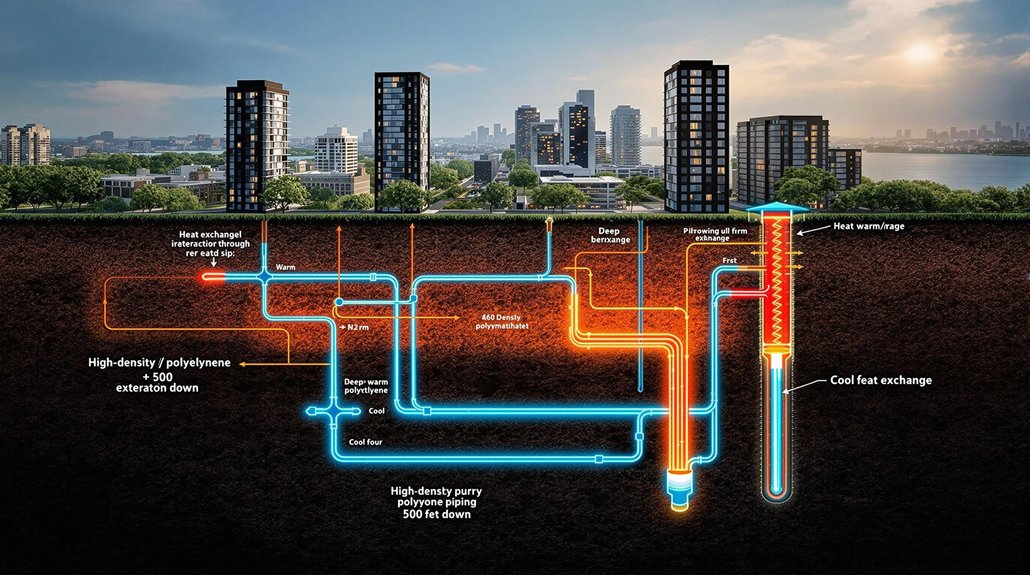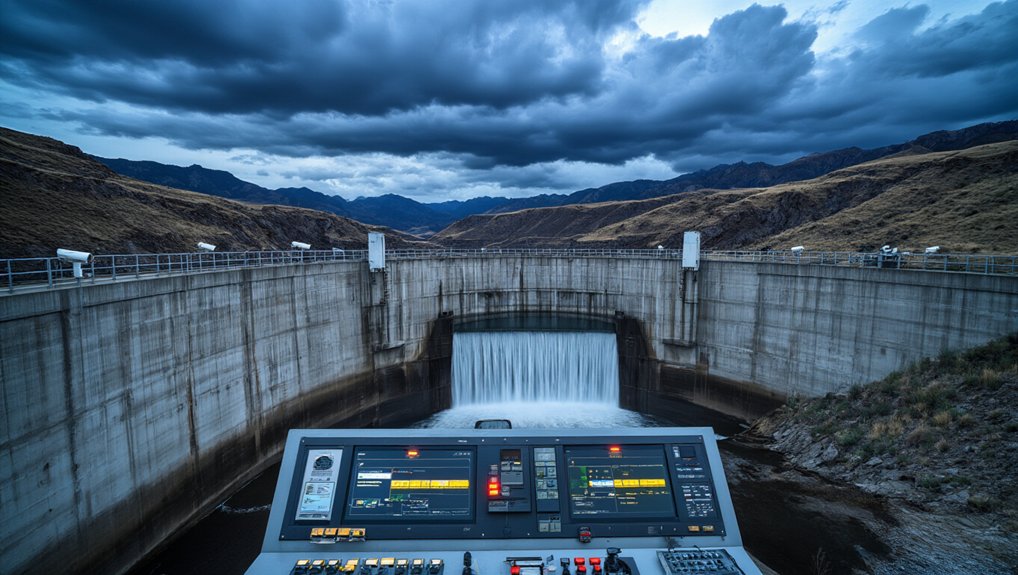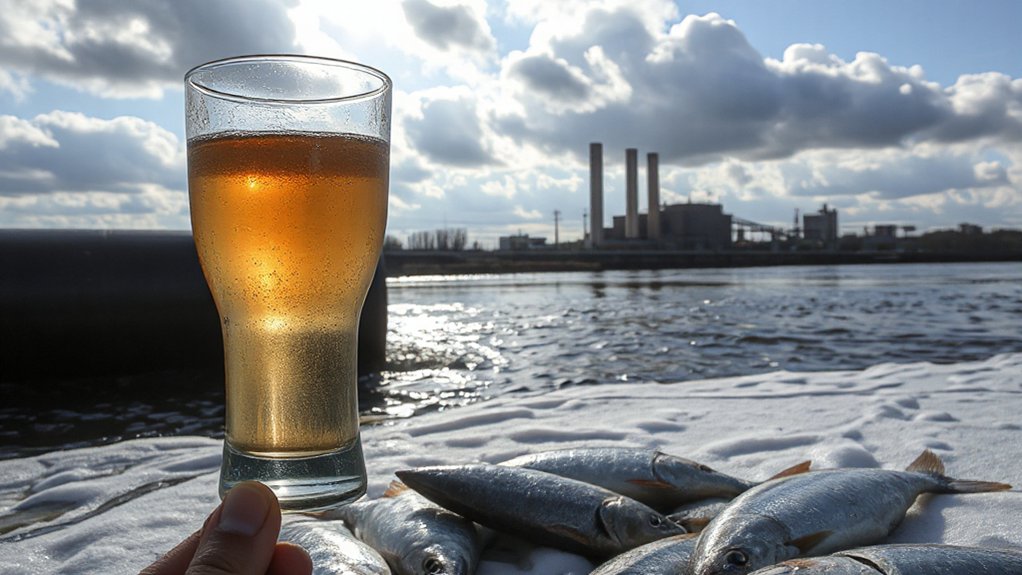Aurora, Colorado has found a new way to save money and help the environment. The city installed a special system in its water pipes that turns extra pressure into electricity. This invention by InPipe Energy is expected to pay for itself in just three years. It’s already helping keep water bills from going up. The question remains: could this technology solve energy challenges in other cities across America?
While many cities struggle with rising energy costs, Aurora, Colorado has found an innovative solution through its new groundbreaking pipeline technology. The city has installed a hydroelectric system designed by InPipe Energy that transforms water flow into renewable energy. Aurora is the first city in Colorado to implement this technology, which converts excess pressure in water lines into electricity for the power grid.
The system is integrated into Aurora’s second-largest water pipeline. It includes a manual valve and flow meter for operational control. The energy produced is fed directly back into the grid, with Xcel Energy providing credits to offset costs. These credits help reduce operational expenses for the city’s water utility systems. The innovative design utilizes a pressure reducing valve that manages water flow through the system.
Aurora’s hydroelectric system converts water pressure into electricity, with Xcel Energy providing cost-reducing credits for the utility operations.
Financial benefits are significant for Aurora residents. The technology helps avoid increasing water rates for customers while cutting operational costs. Officials expect the system to pay for itself within just three years. This quick return on investment demonstrates the financial feasibility of green technology.
The environmental impact is equally impressive. The pipeline converts previously wasted energy into usable power, decreasing reliance on traditional energy sources and reducing the city’s carbon footprint. Similar to hydropower installations, which can last between 50-100+ years, this system represents a long-term sustainable solution for the community. It’s a perfect example of how municipalities can innovate in both water and energy systems.
Aurora Water has already identified three to four additional locations where similar installations could be placed. Nearby cities like Thornton and Greeley are exploring adoption as well. This technology fits into broader infrastructure improvement trends happening across the country.
Public engagement has been a key component of the project’s success. The city conducts tours and demonstrations to showcase the technology. Information about cost savings is shared openly to build public trust and support for innovative solutions.
The system aligns with larger efforts to address Colorado’s water challenges, including federally funded initiatives for sustainable water management. Unlike the Arkansas Valley Conduit project which will cost an estimated 600 million dollars to complete, Aurora’s system represents a more affordable solution for communities. Through partnerships at local, state, and federal levels, Aurora’s transformative pipeline technology provides a model for cities nationwide seeking both environmental and financial benefits.






